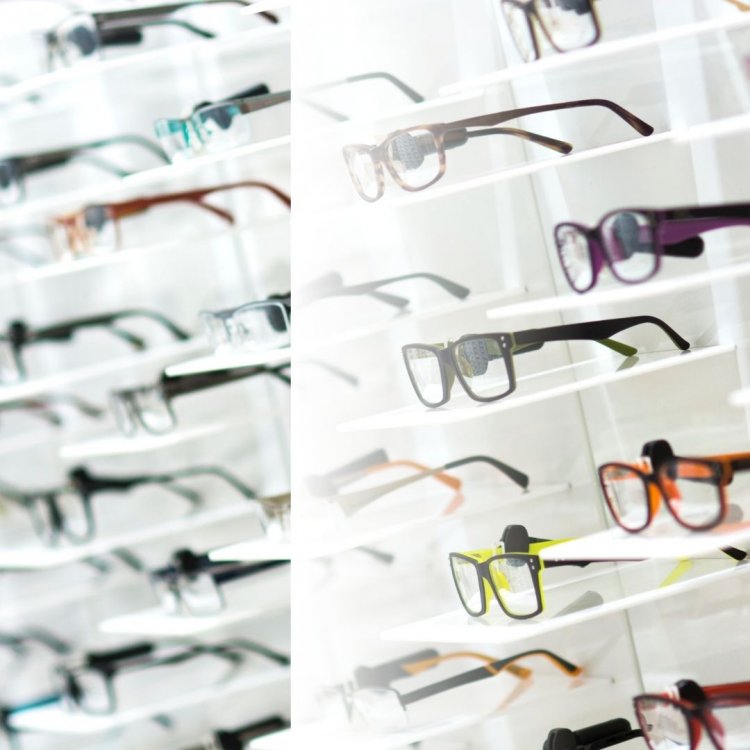With technology as an enabler, the online shopping experience, over the last decade, has been fuelled by a new generation of consumers who continuously want richer experiences, greater convenience, value and options. Setting benchmarks with this new-age digital-first approach, the direct-to-consumer model, popularly known as D2C, is fast changing the face of the Indian e-commerce sector. The D2C strategy is fast becoming a popular route for brands to enter the market directly. From retail goods to products as niche as eyewear are now exploring this new route to connect with their consumers directly.
Opting the D2C route has paved the way for several brands in the eyewear market to establish more robust business models that may help them sustain in the long run. And why not? With a current size of $7.4 billion, the Indian eyewear market is expected to grow at a CAGR of over 9 percent to scale $13.6 billion by 2024 driven by strong demographics and growing economy, according to a recent study conducted by Deloitte.
While spectacles constitute nearly three-fourths of the total eyewear market in India, with a market of $5.4 billion, spectacle lenses form a majority share of the spectacles market (57 percent) and mass spectacle frames constitute nearly 87 percent of overall frames. Sunglasses account for nearly 15 percent of the total eyewear market in India with non-polarized glasses dominating the $1.1 billion sunglasses market.
Despite the strong growth potential, the Indian eyewear market is highly fragmented and dominated by the unorganised segment, which accounts for nearly 80 percent of the overall market. Typically, eyewear sales happen in a store‑based environment, particularly for prescription glasses.
Nonetheless, the organised D2C eyewear players are now increasingly tapping this massive addressable base with an aim to improve consumer education and style awareness, and that is clearly reflected by the steady growth in their market share. While the share of India’s online eyewear market stands at only 3 percent currently, it is expected to reach double digits similar to US markets where online today has already surpassed the 20 percent mark.
What’s driving the shift to online?
Eyewear is now amping up the glamour quotient that equals the likes of handbags or shoes as a fashion accessory rather than being just a solution for vision correction. Another key driver for those who are buying online is access to products not otherwise available in local optical stores.
D2C eyewear players are targeting youngsters with sleek and stylish frames of sunglasses and spectacles. They are offering convenient online eyewear shopping by creating dedicated product pages to match the face type – round, triangle, square, oval, etc. Moreover, with facial recognition tools, brands can determine the customer’s face type to help them select the right eyewear – making the entire shopping experience convenient and pleasurable. All an online shopper needs to do is to refer to their prescription and choose from a variety of different brands and styles. Moreso, with products like contact lenses that may need frequent replacements at set intervals, online shopping makes it an easy affair.
Overcoming the hurdles to sell online
The eyewear market is fraught with challenges in terms of access to affordable branded eyewear as the price difference between branded and unbranded eyewear is substantial. “70 percent of the consumers who are wearing or are in need of eyeglasses are in the value segment with the ability to pay between Rs 500 – 1,200. Everybody including large businesses are playing only in the 30 percent segment where the average order value (AOV) tends to go upwards of over Rs 4,000,” explains Ganesh Iyer, Founder and CEO, , a Gurugram-based e-commerce eyewear retailer that sells more than 6,000+ different SKUs of prescription glasses, sunglasses, and contact lenses.
According to data collected by Deloitte, India imported to the tune of $153 million worth of eyewear in categories such as frames, mountings of corrective or protective spectacles and sunglasses in 2017-18. What’s more, the import duty for eyewear is significantly high, with the basic duty at 10 percent – countervailing duty (CVD) apart from an additional 16 percent (including Special CVD), taking the overall duty to a whopping 26 percent. Out of the total eyewear import, China accounts for nearly 78 percent of the imports making it the single largest country exporting eyewear to India.
With this perspective in mind, and given the huge mark-ups of over 300 percent that currently exists between the cost and retail price of certain products, Eyemyeye.com is looking to democratise the entire eyewear shopping market with its ‘Made in India’ product range.
“We’ve launched many new product categories from scratch, hosted over 30+ global brands and launched our Android App – all within the first few months of our business with measurable results,” added an ecstatic Ganesh.
In February 2022 alone, the online portal witnessed a whopping traffic of 7 million visits, which is two times more than the next large player as per Similarweb.
Going by the record number of online sales, the platform has handled more than 6 lakh orders till date since its launch in September 2021.
One of the key differentiators that sets EyeMyEye apart is its range and reach.
“We don’t just offer Eyeglasses and Sunglasses but out-of-the-box categories like Color Changing Frames, Color Blind Glasses for people with red-green color blindness, Play Eyewear that works on Bluetooth Technology, sustainable frames like Bamboo Eyewear, and a lot more,” he said.
EyeMyEye also boasts of hosting one of the largest collections of international eyewear brands in the country.
Given that the penetration of branded players in tier-II towns and rural regions is very limited, it presents a huge opportunity for EyeMyEye to make its foray into these geographies. Going ahead, the portal is aiming at scaling its online traffic three times from the current 6 million to 20 million on a month-on-month basis. From one store at MGF Mall, Gurugram that was launched in the latter half of 2021, the company is now looking to increase its store presence to 20 stores across the country over the next 12-15 months.
As consumers shift their eyewear purchase to online modes, D2C players like EyeMyEye will be better positioned to create customised sales channels that meet their customers’ evolving needs and preferences.

















